Continuing on from Part 1 where we spoke about how persistence is the most important thing when it comes to playing the guitar. We also spoke about how sitting properly with a guitar will save you a tonne of time in practising and save you a lot of tension and back pain in your future playing.
Common Problems with Beginner Guitar Players
Let’s talk about some other common problems that we see with beginner guitar players have initially with their guitar playing. We are going to discuss:
1) How you can practise your songs so that you can make more progress in less time.
2) How to hold your chords with your fretting hand, so that your chords sound better.
3) How to make your strumming sound better and more interesting.
Practising songs
A problem with how most people practise their songs on the guitar. Most people play through the whole entire piece of their music without going into the problem areas of their playing. This is like when you have a flat tyre, and you go into the garage asking for a full service when in actual fact, all you need is the tyre fixing and the whole car will work great.
What I want you to do is when you play through your song during practise, when you make your first mistake, don’t go back to the beginning of the song. Just go back to your problem point. For example, if it’s a series of chords that you are practising, and you are struggling to change between two of the chords. Just focus on that change and do it 20 times, and then repeat the song again.
Doing this will save you minutes today, and hours and days in a lifetime. This will make your practising a lot more effective so you can make more progress in less time.
How to Make Your Chords Sound Even Better
Common question that gets asked by beginners is: Why do my chords sound rubbish?
We are going to address a common reason for why your chords may not sound as good as they can be.
One of the common things I see beginner guitar players do when they play a chord initially is that a beginner can get the chord shape and put their fingers down. Then when they play, they get this buzzing sound.
Now if you are getting the buzzing sound, typically it means the strings on your guitar are not in contact with the guitar hard enough. There are two ways to solve that problem:
1) You can press harder, which doesn’t always work and it’s a lot of extra work on your fingers, hand and wrist.
2) OR, you can move your fingers closer towards the fret lines on the fretboard.
So like the image below: Where you slide your fingers closer to the fret line and then play.
You get a much better sound. You don’t want your fingers directly on top of the fretlines, you want them just behind it. Now you can press it even with the same amount of pressure as you were before, and you will hear a much better sound. Try this yourself, get your fingers as close as you can, it’s not always possible to do with all the fingers, but do the best you can and you will get a better sound out of your chords.
How to make your strumming sound better
This problem I see many beginner guitarists have is with their strumming hand. If they play often they get this blocky sound, up and down the guitar. The problem when this happens is not in your fretting hand. The problem normally stems from your strumming hand.
Let’s take a look at how we can solve that. We need to stop thinking of the strumming hand going up and down as on, off, on, off. You need to start thinking of your strumming hand like a paintbrush. You don’t often see people stabbing their paintbrush against the canvas. There usually a certain amount of depth and variation in the paintbrush strokes. So start thinking of your strumming hand in the same way. So let’s try this, take a chord, any chord you feel comfortable with.
1) Play the first few strings slowly and then quickly through the last three to four strings.
2) Now try this in reverse, from the high strings to the low strings. Playing the higher strings slowly and then going through the lower strings faster.
We can already hear that it is a lot more interesting now that it has more depth and variation in each string.
Now try putting those two together, still having that sense of having a brush in your right hand.
Finally, apply this to any strumming patterns you’ve got and see how this creates a difference in your strumming playing to help make it sound more interesting.
Would You Like to Get Massive Results On the Guitar?
We hope this guide has helped you with a few things that will help you with both practising and getting your chords and strumming to sound better. If you are interested in finding out how we can help you get massive progress on the guitar then contact us by clicking the button below. We are so confident that we will be able to help that we provide a free assessment lesson so we can work out how best you learn and place you in the best program for your goals and aims.

